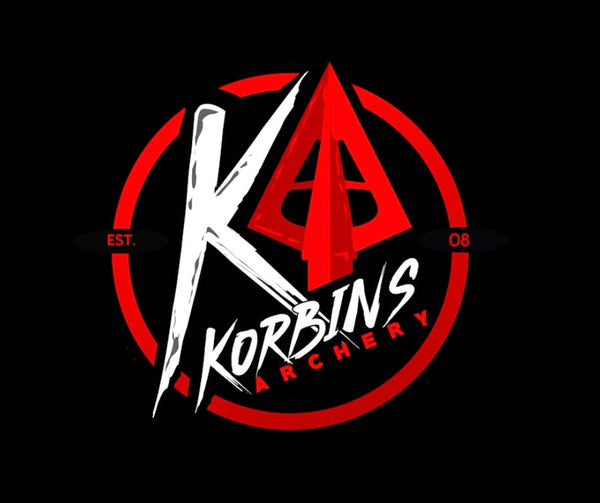
Fixed Blade vs Mechanical Broadheads: Which One Should You Hunt With?
The age-old bowhunter’s question: Should you use a fixed blade or mechanical broadhead? People will die on the hill of their personal choice, but a lot should be considered when deciding what head to screw onto the end of your arrow. Let’s dive in.
Know Your Mission
First and foremost, you should understand your mission and what you are trying to accomplish. What kind of game are you hunting? What’s the geography and climate like where you’ll be hunting? These are important questions that should guide your decision.
Animal Considerations: Big Game vs. Small Game
Consider whether you’re hunting small or large game animals. Do your research on the species. Is it known for being tough? Does it bleed a lot when hit? Where are the vitals located, and are there dense bones like the shoulder blade that often protect those vitals? For large game, most hunters opt for a fixed blade head. These tend to penetrate better and have a greater chance of breaking through bone. Fixed blades also have fewer issues with deflection when hitting oddly shaped bones like ribs.
On the other hand, fixed blades typically produce smaller blood trails compared to mechanicals due to their narrower cutting diameter and lack of the “slap cut” effect seen when mechanicals deploy. Smaller big game animals, like whitetail or pronghorn, are known to be skittish and more likely to react to the shot. This flinch or “ducking the string” can turn a perfect shot into a marginal one. A mechanical broadhead, with its larger cutting diameter, may be more forgiving in these moments, increasing your chances of hitting something vital even if the shot placement is slightly off.
A good rule of thumb: fixed blades offer reliable penetration, while mechanicals create larger wound channels and more devastation.
Terrain and Environment
Next, think about the terrain you’ll be hunting. Is it open country where long shots are likely? Are you deep in cover with close-range encounters? Is it typically windy or calm? Both styles of broadheads have pros and cons in these environments.
Mechanicals tend to shine in longer-range scenarios. Thanks to their low profile and aerodynamic shape, they’re usually more forgiving—meaning small form issues or shot flaws have less of an impact downrange. That said, with proper tuning and practice, a skilled archer can confidently shoot fixed blades out to 70 yards and beyond. Wind, however, is worth considering. Because of their larger surface area, fixed blades are more prone to drifting off course in strong crosswinds at distance.
In thick brush or timber where you might have to shoot through small gaps, things get interesting. A small twig or branch can easily throw off your shot. Worse, if a mechanical hits a limb and causes a blade to deploy early, the arrow can instantly plane off course. In that same situation, a fixed blade has a better shot at staying on course and hitting the target.
Durability and Reliability
There’s also the factor of durability and reliability. Today’s mechanicals have come a long way, and complaints about failed deployments are far less common. Still, the uneasy thought of a head not opening will always weigh on a hunter’s mind. Fixed blades, on the other hand, are simple, proven, and reliable—with no moving parts to fail. If a 1-inch cutting diameter fixed blade hits an animal, you can rest assured that you’ll have a 1-inch hole on the other side.
Material improvements in mechanicals have also boosted their durability. While they were once considered one-and-done heads, many of today’s mechanicals can be reused after a cleaning and a touch-up. Even so, it’s hard to beat the toughness and dependability of a solid fixed blade.
Pros and Cons
Fixed Blade Broadheads
-
Pros:
- Excellent penetration and bone-breaking ability
- No mechanical parts to fail
- More durable and reusable
- Better in close-quarter situations and through brush
-
Cons:
- Smaller cutting diameter and blood trails
- Requires more tuning for optimal flight
- More affected by wind at long ranges
Mechanical Broadheads
-
Pros:
- Larger wound channels and better blood trails
- More forgiving in flight due to aerodynamics
- Better suited for longer-range shots
-
Cons:
- Potential (though rare) for failed deployment
- Less reliable when passing through bone or brush
- Some models still lack durability for multiple uses
Final Thoughts
Maybe this article helped you decide what to carry into the woods this year—or maybe you’re now pulling your hair out because you still can’t decide! I always tell people: go with your gut. What makes you feel most confident as a hunter? Are you more concerned with toughness and reliability, or do you feel like you need the forgiveness of a larger cut and better long-range accuracy?
And here’s my final tip—don’t be afraid to run both in your quiver. Each has its strengths in different scenarios, and the reality is, you may not know what kind of shot you’ll have until the moment presents itself. Be prepared for both.
Good luck out there. Shoot straight.
– Corben Branch, Korbin’s Archery
